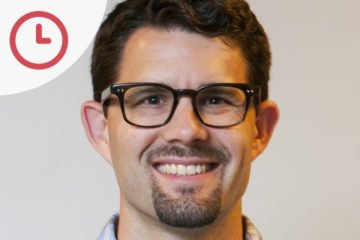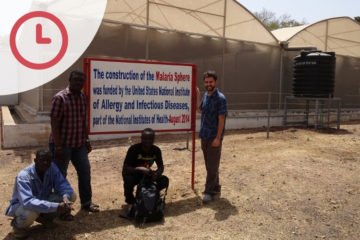Podcast Available on iTunes and Spotify.
Welcome back.
Rachel Carson was born in 1907 in Springdale, Pennsylvania. Carson was a passionate scientist and ecologist, writing about the environment. Her most famous book, Silent Spring, was published in 1962 – two years before her death. The book emphasises the need to preserve our world. It also presented her theory about the environmental consequences of pesticide misuse – particularly DDT, a pesticide used to kill mosquitoes.
To discuss this further, I’m joined by historian Linda Lear. She wrote “Rachel Carson: Witness for Nature”, a biography about Carson and her work.
Linda, thanks for joining me.
You’re very welcome, I’m happy to be here.
What did Rachel Carson say about pesticides and DDT in her book Silent Spring?
She wrote Silent Spring about what mankind was doing to the environment. One of the things that came into her view about manmade perils was the new invention of organic phosphate chemicals and how they were being used in agriculture. We have to go back to 1947 when the military were doing experiments on gallinaceous birds, like bald eagles and Falcons, on insecticides, and one of the ones that they were experimenting with was DDT. She read about the experiments and learned more about them. The birds became infertile, they hatched eggs that were too thin, they lost hair and there were some other conditions that were very strange with these birds that were fed a diet of DDT. She began to include DDT and such chemicals in her work.
What sort of influence did chemical companies have on the US government?
Well, they were huge contractors, but the medical community was not at all necessarily supportive of Carson or restraining the use of insecticide. First of all, Carson was not against DDT or the use of insecticides, she was against the misuse or overuse. What she was upset about was the ubiquitous use. This is partly due to World War 2; we had an abundance of unemployed former military pilots and an abundance of aircraft that did the agricultural spraying. It all fits a pattern of agribusiness exploitation that we could spray more crops, more times, bigger areas etc.. That’s because of the technology of World War 2. This also concerns big business, the chemical industry, not just agribusiness, but the chemical industry, Monsanto etc, they were making a zillion dollars on this thing, why are they going to let somebody stop their revenue flow? DDT didn’t stay put, it went into the stream, it went into the hatcheries, it went into the air, you couldn’t contain it. And so what you thought we were doing by spraying a field was not what you were doing. The medical community was divided. They were not convinced that DDT was necessarily harmful to humans. Presidential candidates ate spoonfuls of DDT in order to show that it was perfectly harmless and it prevented malaria so what was wrong with it? And Carson agreed there was nothing wrong with its use where it could be contained and applied effectively. It was its misuse and its overuse that she was writing about in Silent Spring.
Ten years after the publication of Silent Spring DDT was banned. How much of Carson’s work can be attributed to this ban?
A great deal a great deal. Carson began a popular movement that took seriously what was what was happening to the environment to the natural world because of the A-bomb, because of all the science that had happened post-World War 2. Carson is the first person who started people to really think about what we were doing to the natural world. She really is credited correctly I believe.
Linda Lear thanks for joining me.
You’re very welcome. It’s been a pleasure.


